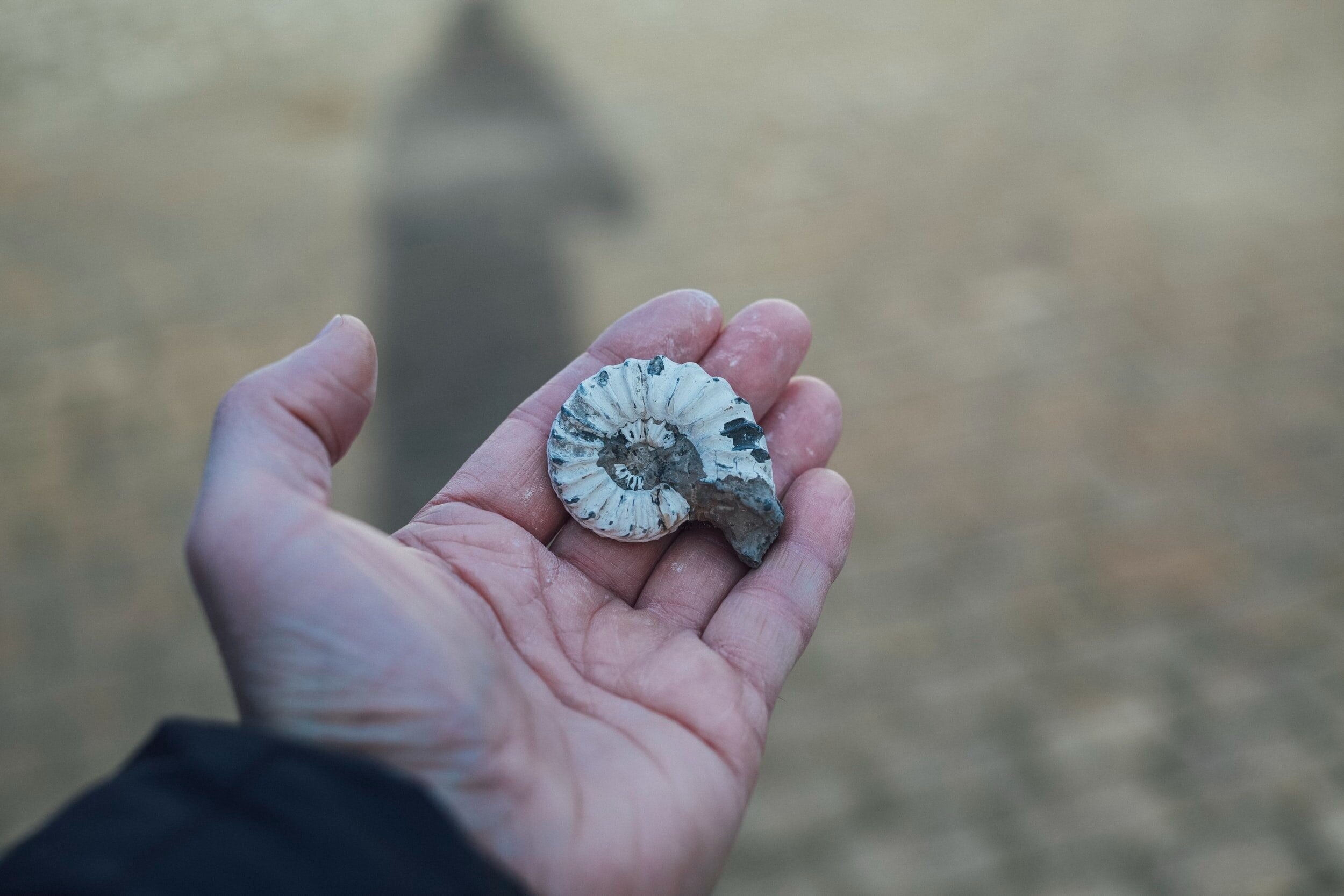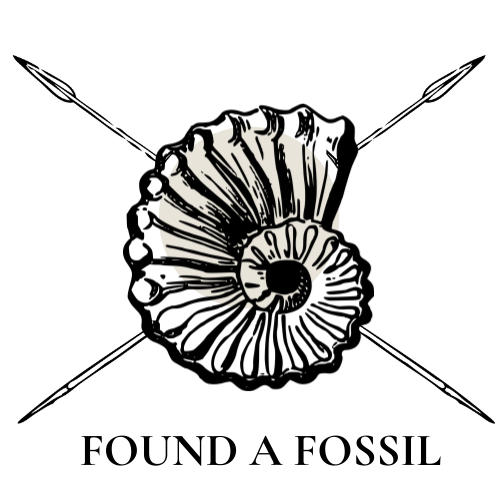
Found Something?
Guidelines for Heritage Finds
Have you found a fossil or artefact but don’t know what to do with it?
When I asked myself what I would do if I ever found an Australian First Nations artefact, or fossil, I had no idea what my next steps were meant to be. Was I meant to contact someone? Who would I contact?
I tried looking for resources, but there weren’t any clear guidelines on what to do or who to contact.
So, I set out to research the guidelines and find the relevant contacts so you don’t have to.
-

What are fossils?
Fossils are any preserved remains, impressions, or traces of anything that used to be alive in a past geological time period. Fossils may include dinosaur or other preserved animal bones, leaves and trees, footprints, shells, etc.
-

What are artefacts?
Archaeological artefacts, also known as cultural objects or cultural belongings, are items made by humans or concerned with human history. This can include stone tools, jewellery, items from everyday life (baskets, pots, etc.), weapons and more.
Found a Fossil Guidelines
These Guidelines are also available as a:
This specifically relates to Aboriginal and Torres Strait Islander archaeological artefacts.
Do Not Disturb
If you find an Aboriginal or Torres Strait Islander artefact (e.g. in a national park, reserve, or on your property), leave it where it is – it is illegal in many states to move this heritage material, and this will allow Aboriginal or Torres Strait Islander People to find the object and interpret it as part of the wider landscape. You can notify a park ranger or a museum, take photos and notes, but leave the artefact where it is.
These artefacts are part of the living cultures and histories of Australian Aboriginal and Torres Strait Islander Peoples.
Record the Details
If you find an artefact, take photos of the object, where you found it, and record any other important details. This could be a GPS location, if there are any other artefacts nearby, the date you found the object, and a sketch of the artefact.
Seek Advice
Artefacts you find on your property, or in other settings such as in National Parks, do not belong to you. You should contact the relevant heritage body in your state who can help you connect with local Indigenous communities and manage next steps and care for the artefacts. Harming or damaging artefacts or First Nations sites is illegal.
If you want to know more general information about the artefacts and the history of the land you are on, you can also connect directly with your local Indigenous community, the Local Aboriginal Land Council, or a museum.
Finding artefacts on your property won’t affect your ownership of the land, but many Indigenous communities would love to start conversations with you about what you have found and about the rich history of the country and people.
Get Permission
If you find a fossil, you may need permission to collect it – this will depend on what land you are on, and what state you are in. Permission might be from the owner of private land or the local council. In some locations, such as national parks, you should not remove fossils. Other places might require a scientific licence or fossicking permit.
Record the Details
If you find a fossil, take photos of the specimen, where you found it, and record any other important details. This could be a GPS location, if there are any other fossils nearby, the date you found the fossil, and a sketch of the fossil.
Collect Responsibly
Fossils are relatively rare and can be fragile – handle them with care! Exercise restraint in the amount of material collected if there are multiple specimens, and be careful with what equipment you choose to use.
Seek Advice
Some of Australia’s most important fossils have been found by farmers, bushwalkers and other members of the general public – if you find something, we’d love to know!
For help with fossil identification, or to see if it’s a new or important find, you can contact a museum (see below).
Donate
If you do not want to keep your fossils, consider donating them to a museum, school, or university. Some museums will also allow you to store your collections with them, under the condition that they can display those items (you will still be the owner).
These guidelines were written in consultation with some of the resources listed below, as well as through consultation with Aboriginal peoples, Indigenous cultural heritage consultants, archaeologists, and palaeontologists who have preferred to stay anonymous. You can read more about the results of our expert consultation here.
Why do we care?
A history worth protecting.
Laws for…
-
Indigenous Finds
Find all the info on what laws apply to you in your state if you find an Indigenous artefact or site, including info on who to contact if you find something.

-
Fossil Finds
Fossils are protected under different legislation than Indigenous artefacts and sites. See what the laws are and who you can contact if you find something.

Additional Info & Resources
Below we’ve provided links to institutions and museums from around Australia who can help you with First Nations artefact repatriation/object co-management, or can help with fossil or artefact identification. These institutions can also provide information on object donations, cultural information, and more.
Found a Fossil is not affiliated with these institutions or authors - these links have been provided for educational value only.

Literature we Love!
If you wanted to do some extra reading of your own about Australian fossils, Aboriginal and Torres Strait Islander archaeology, or heritage laws, we’ve added some literature that might be a good place to start!
FACT CHECK: While we strive to provide accurate and honest information that is based on current literature and resources, we may not always get it right. If you see something that doesn’t look right, please contact us!










